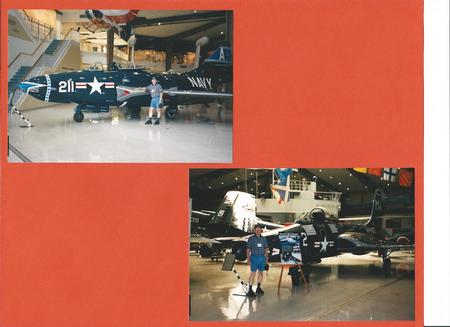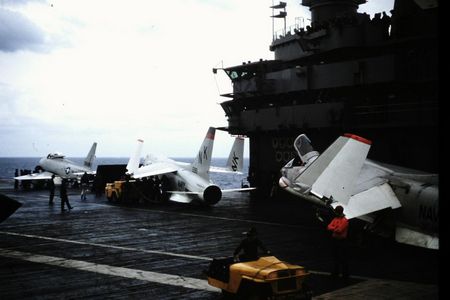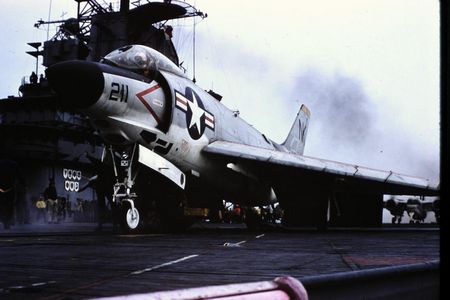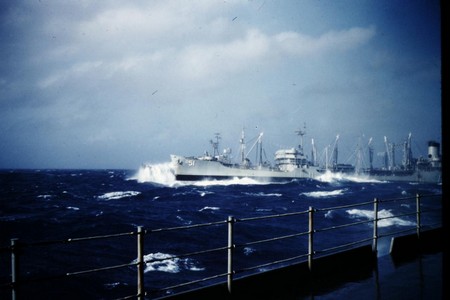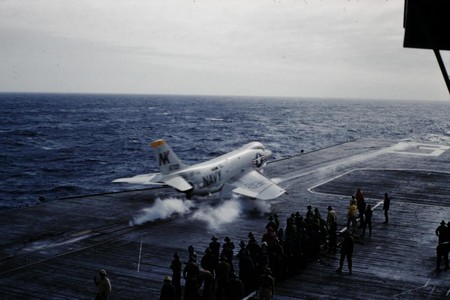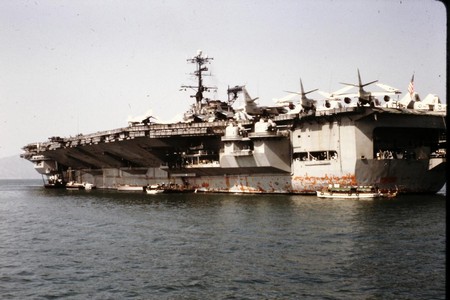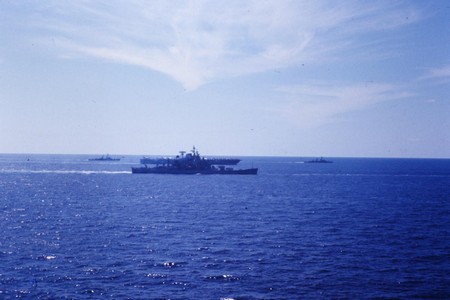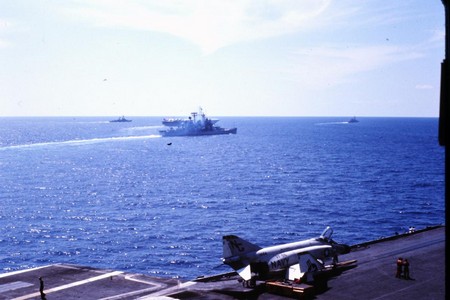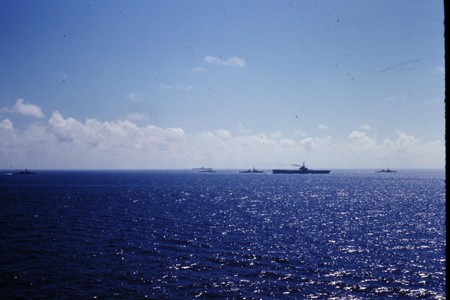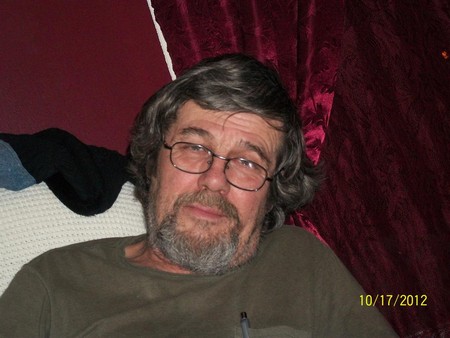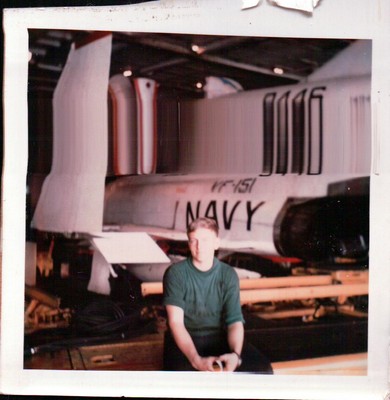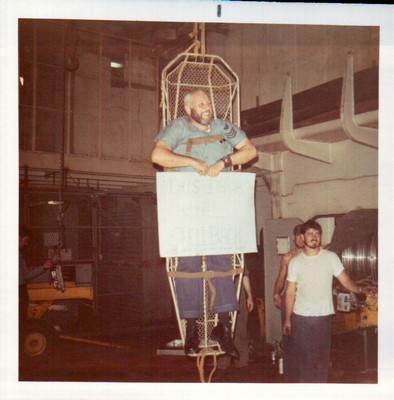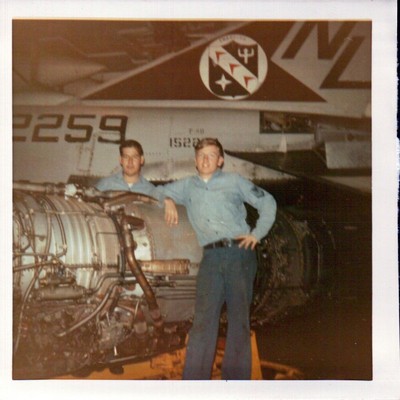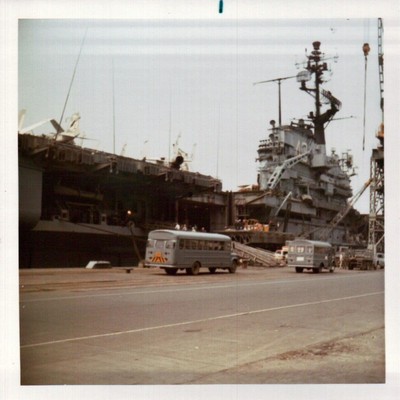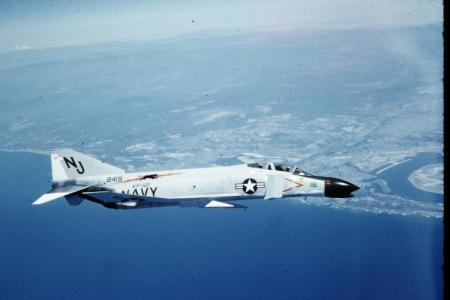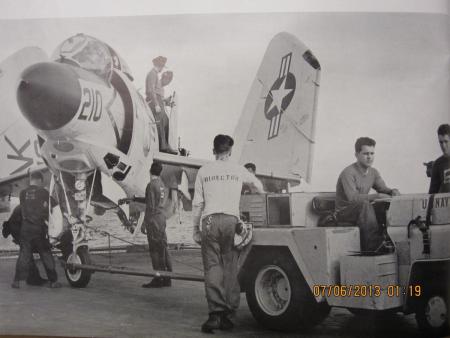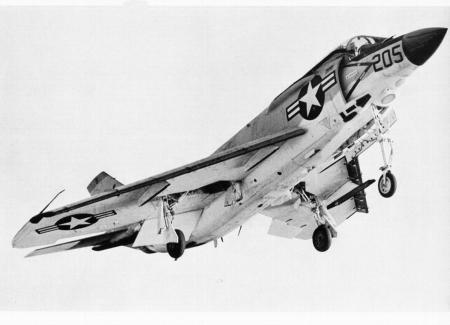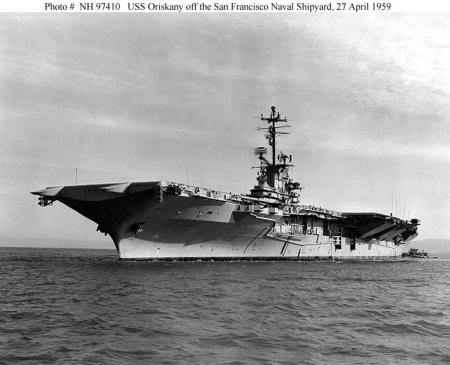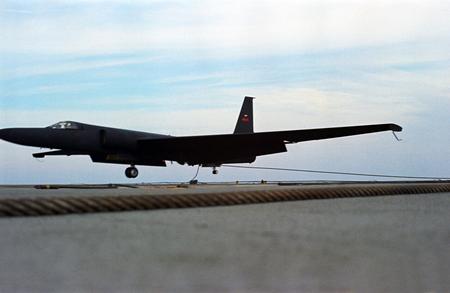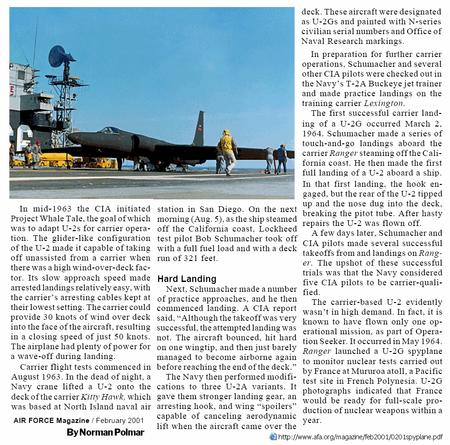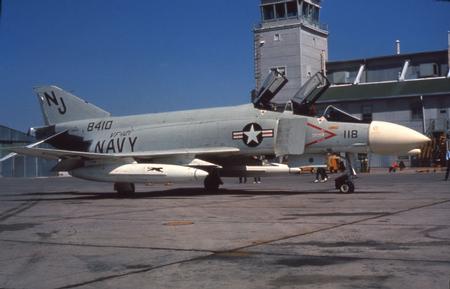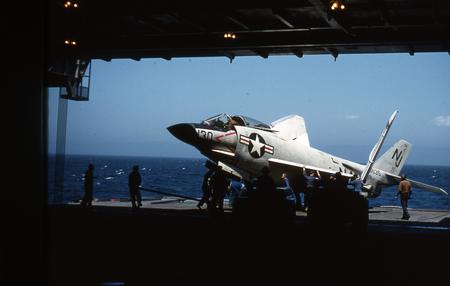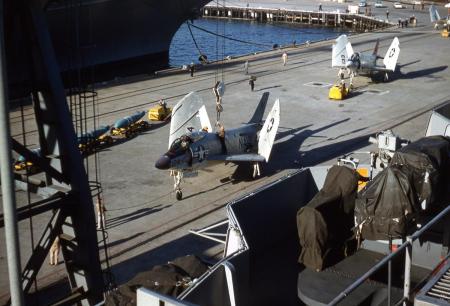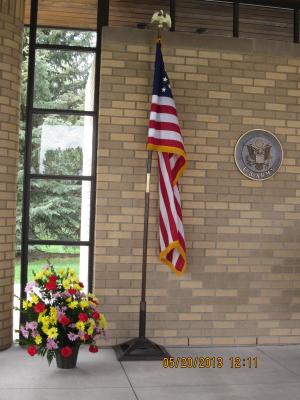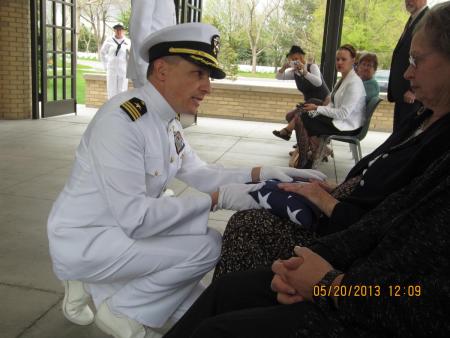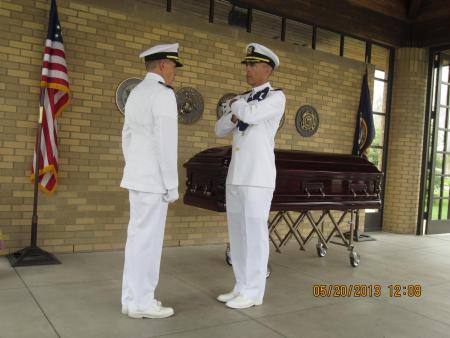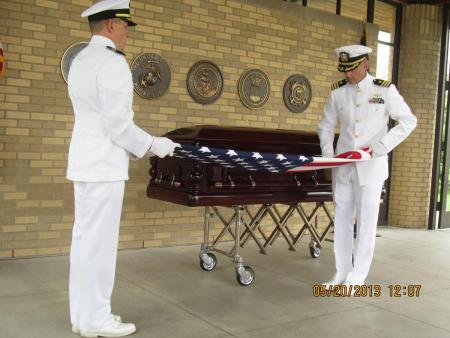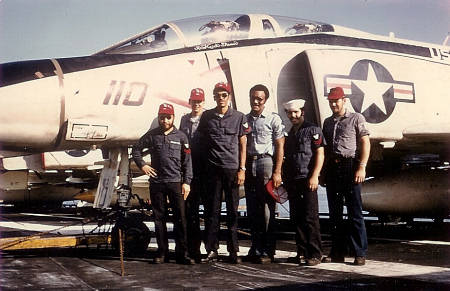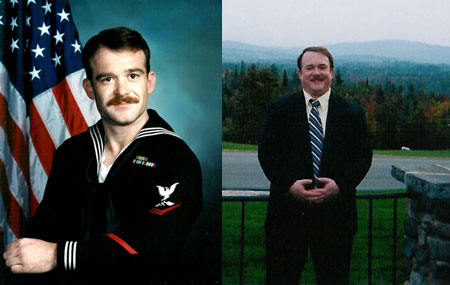ABOUT VF-143
- Origins as VF-871 (1949): VF-143 traces its roots to VF-871, established on 20 July 1949 as a Naval Reserve squadron, before being called to active duty during the Korean War.
- Redesignation as VF-143 "Pukin’ Dogs": The squadron was redesignated as Fighter Squadron 143 (VF-143) in 1953, adopting the famous nickname "Pukin’ Dogs" due to the squadron insignia resembling a dog vomiting.
- Korean War Service: VF-871/VF-143 flew F4U Corsairs and later F9F Panthers during the Korean War, conducting combat missions from aircraft carriers.
- Vietnam War Deployment: VF-143 transitioned to the F-4 Phantom II and saw extensive combat during the Vietnam War, including multiple deployments on aircraft carriers such as USS Ranger and USS Constellation.
- Ace-Making Squadron: In Vietnam, VF-143 produced two flying aces, including Lt. Randy "Duke" Cunningham, who scored multiple MiG kills.
- F-14 Tomcat Era: In 1974, VF-143 transitioned to the iconic F-14 Tomcat, participating in numerous Cold War operations, intercepts, and exercises.
- Operation Desert Storm: VF-143 took part in Operation Desert Storm in 1991, flying combat missions over Iraq from the USS Dwight D. Eisenhower and USS George Washington.
- Famous Callsign Origin: The "Pukin’ Dogs" name reportedly originated when the squadron’s first insignia was shown to the wife of the executive officer, who exclaimed it looked like a "pukin’ dog".
- Transition to Strike Fighter Role: In 2005, VF-143 was redesignated as VFA-143 and transitioned from the F-14 Tomcat to the F/A-18E Super Hornet, expanding their capabilities to include both fighter and attack missions.
- Modern Deployments: VFA-143 continues to serve as an active and highly decorated squadron, participating in operations such as Iraqi Freedom, Enduring Freedom, and Inherent Resolve, maintaining a legacy of excellence in naval aviation.

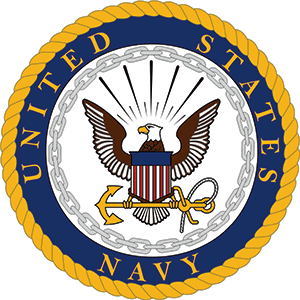

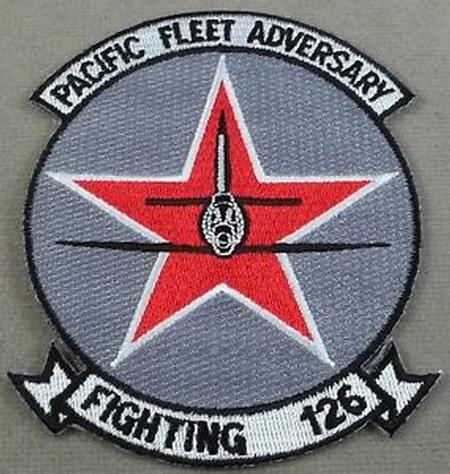

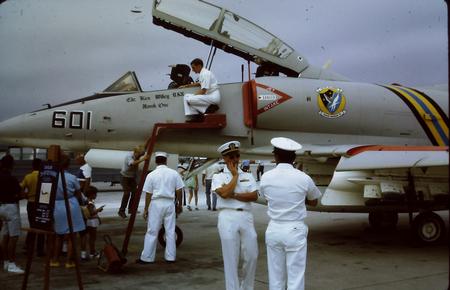
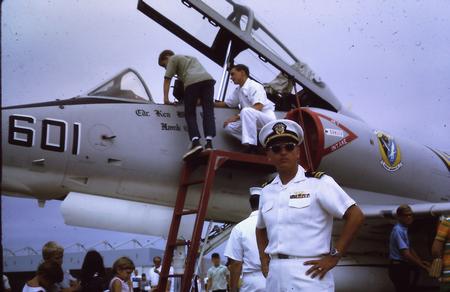
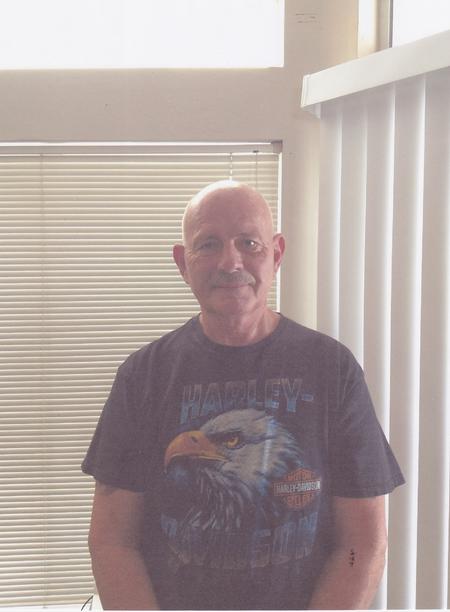







-USS-M-Ammerman-II--33234.jpg)
-USS-M-Ammerman-II--7009.jpg)
-USS-M-Ammerman-II--30396.jpg)




